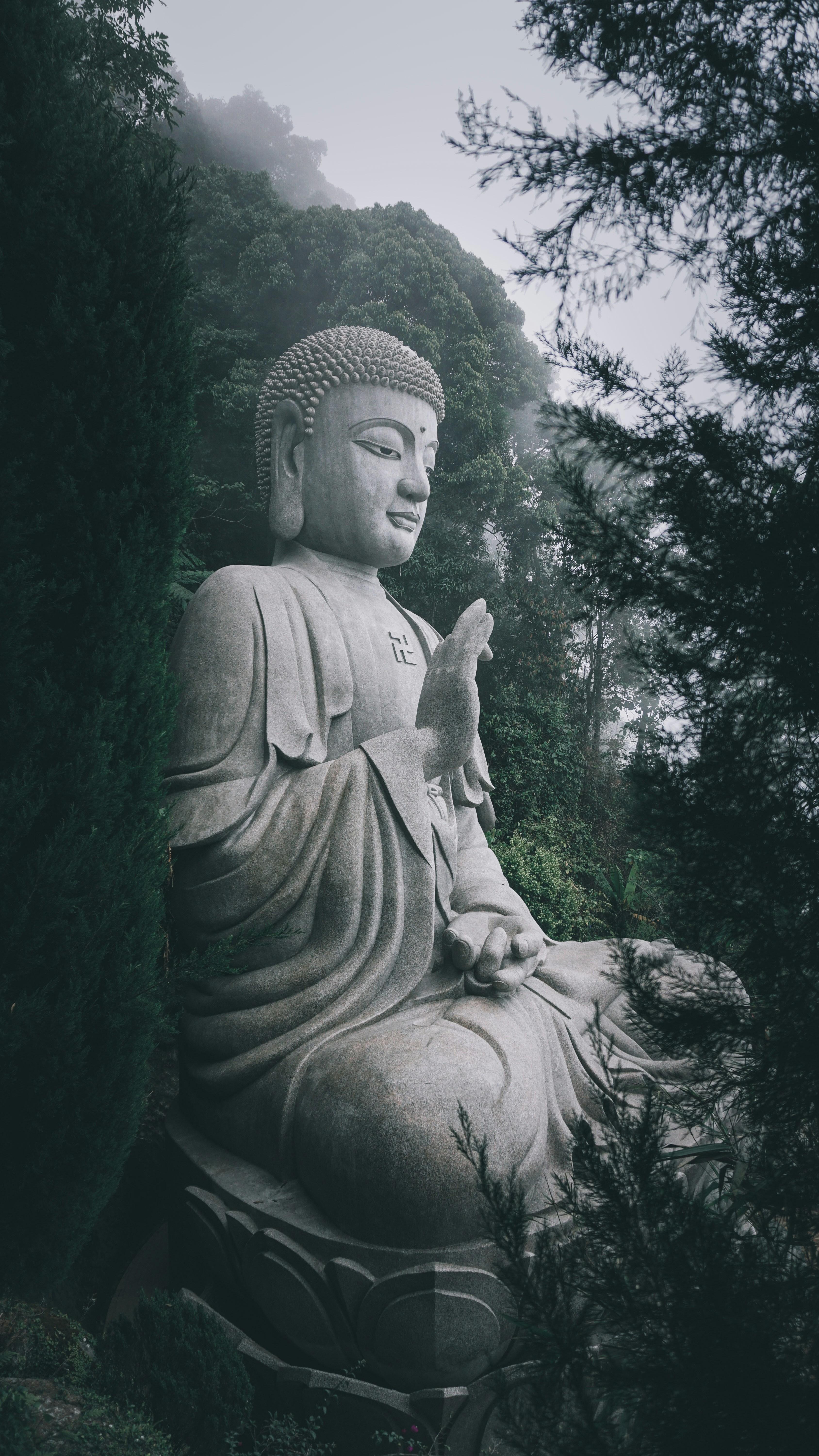Buddhist Festivals in India: Celebrating Peace, Wisdom, and Community

India is home to some of the most spiritually significant Buddhist sites in the world—and Buddhist Festivals in India bring these sacred spaces to life with color, chants, rituals, and reflection. These festivals are not just religious observances; they are vibrant expressions of Buddhist philosophy, community spirit, and cultural heritage.
Whether you're a pilgrim, a cultural enthusiast, or a curious traveler, attending these festivals offers a unique window into the teachings of the Buddha and the traditions that continue to thrive across India.
🛕 Why Buddhist Festivals Matter
-
🧘♂️ Spiritual Significance: Each festival marks a key moment in Buddha’s life—his birth, enlightenment, first sermon, or passing.
-
🎉 Cultural Celebration: These events blend rituals, music, dance, and food, creating a rich cultural experience.
-
🌍 Global Participation: Monks, pilgrims, and tourists from across Asia and beyond gather to celebrate.
-
🕊️ Message of Peace: At their core, these festivals promote compassion, mindfulness, and harmony.
📅 Major Buddhist Festivals in India
Here’s a curated list of the most popular and widely celebrated Buddhist festivals across the country:
1. Buddha Purnima (Vesak)
-
When: Full moon day in April–May
-
Where: Bodh Gaya, Sarnath, Kushinagar, and across India
-
Significance: Celebrates Buddha’s birth, enlightenment, and Mahaparinirvana
-
Highlights: Prayer ceremonies, meditation sessions, lantern lighting, and community meals
2. Kathina Ceremony
-
When: October–November (after the monastic retreat)
-
Where: Monasteries in Sarnath, Leh, and Dharamshala
-
Significance: Marks the end of the rainy season retreat (Vassa) for monks
-
Highlights: Offering of robes and essentials to monks, merit-making rituals
3. Asalha Puja (Dhamma Day)
-
When: July (full moon)
-
Where: Sarnath and other teaching centers
-
Significance: Commemorates Buddha’s first sermon at Deer Park
-
Highlights: Dharma talks, chanting, and meditation
4. Magha Puja
-
When: February–March (full moon)
-
Where: Bodh Gaya, Sanchi, and Nalanda
-
Significance: Honors the spontaneous gathering of 1,250 enlightened monks
-
Highlights: Candlelight processions, teachings, and community prayers
5. Lhabab Duchen
-
When: October–November
-
Where: Celebrated by Tibetan Buddhist communities in Dharamshala, Ladakh, and Sikkim
-
Significance: Marks Buddha’s descent from heaven after teaching his mother
-
Highlights: Puja ceremonies, offerings, and temple visits
6. Losar (Tibetan New Year)
-
When: February (varies by lunar calendar)
-
Where: Ladakh, Sikkim, and Dharamshala
-
Significance: Tibetan Buddhist New Year celebration
-
Highlights: Mask dances, fire rituals, family feasts, and monastery visits
7. Uposatha Days
-
When: Monthly (new moon and full moon days)
-
Where: Monasteries across India
-
Significance: Days of intensified spiritual practice
-
Highlights: Observance of precepts, meditation, and teachings
Sources: Travelogy India, Leverage Edu, BankBazaar
🧘♀️ What to Expect at a Buddhist Festival
-
Peaceful ambiance with chanting and incense
-
Monks in saffron robes leading rituals
-
Offerings of flowers, lamps, and food
-
Community meals and acts of generosity
-
Opportunities for meditation and reflection
💡 Tips for Attending
-
Dress Modestly: Respect the spiritual setting
-
Participate Mindfully: Join rituals with sincerity and openness
-
Ask Before Photographing: Especially during ceremonies
-
Support Local Communities: Buy crafts, donate, or volunteer
-
Learn the Significance: Understanding the meaning enhances the experience
🛕 Where to Celebrate
-
Bodh Gaya, Bihar: Most important site for Buddha Purnima
-
Sarnath, Uttar Pradesh: Ideal for Asalha Puja and Kathina
-
Kushinagar, Uttar Pradesh: Peaceful celebrations of Mahaparinirvana
-
Dharamshala, Himachal Pradesh: Tibetan festivals like Losar and Lhabab Duchen
-
Leh & Ladakh: Monastic festivals with vibrant rituals and dances
-
Sanchi, Madhya Pradesh: Historical site with serene observances
🧡 Final Thoughts
Buddhist Festivals in India are more than dates on a calendar—they’re living expressions of peace, wisdom, and community. Whether you're lighting a lantern in Bodh Gaya or watching monks chant in Dharamshala, these celebrations offer a chance to pause, reflect, and reconnect with the deeper rhythms of life.
So if you're ready to experience spirituality in motion, plan your journey around one of these beautiful festivals—and let the teachings of the Buddha guide your path.

